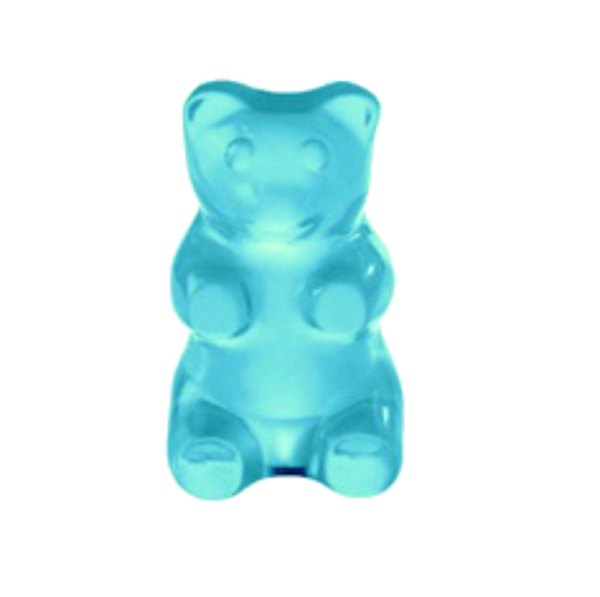
This image has format transparent PNG with resolution 600x597.
You can download this image in best resolution from this page and use it for design and web design.
Jelly candies PNG with transparent background you can download for free, just click on download button.
Gummies, gummy candies, or jelly candies are a broad category of gelatin-based chewable sweets. Gummi bears and Jelly Babies are widely popular and are a well-known part of the sweets industry. Gummies are available in a wide variety of shapes, most commonly colourful depictions of living things such as bears, babies, sharks, worms, frogs, fish, snakes, lizards, spiders, dinosaurs, dolphins, turtles and bats. Various brands such as Bassett's, Haribo, Betty Crocker, Disney and Kellogg's manufacture various forms of Gummi snacks, often targeted at young children. The name "gummi" originated in Germany, with the term "jelly" more common in English-speaking countries.
The Jelly Babies gum candy was the first commercially available shaped gum candy. It originated in the United Kingdom. First produced by Fryers of Lancashire in 1864 and sold as "Unclaimed Babies". By 1918 they were (and still are) produced by Basset's in Sheffield as Jelly Babies.
The gummi bear originated in Germany, where it is popular under the name Gummibär (rubber bear) or Gummibärchen (little rubber bear). Hans Riegel Sr., a maker from Bonn, produced these sweets under the Haribo company, which he started in 1920.
Gummies landed on the "What's out in 2009" list for some Canadian schools, along with chocolate, fudge, chocolate coated nuts and fruit, bubble gum, lollipops, toffee, jelly beans, marshmallows, sherbet, and Turkish delight.[6] An audit in Victoria, British Columbia, was planned for 2009 to ensure the government banned the selling of the confectionery treat in school stores and vending machines as directed.
Scientists have studied adding the tooth-protecting sugar substitute xylitol to gummies to fight tooth decay.
Choking risks are higher with gummi candies; research shows that "hard, round foods with high elasticity or lubricity properties, or both, pose a significant level of risk," especially to children under three years of age. This can be resolved with the Heimlich maneuver.
In this page you can download free PNG images: Jelly candies PNG images free download